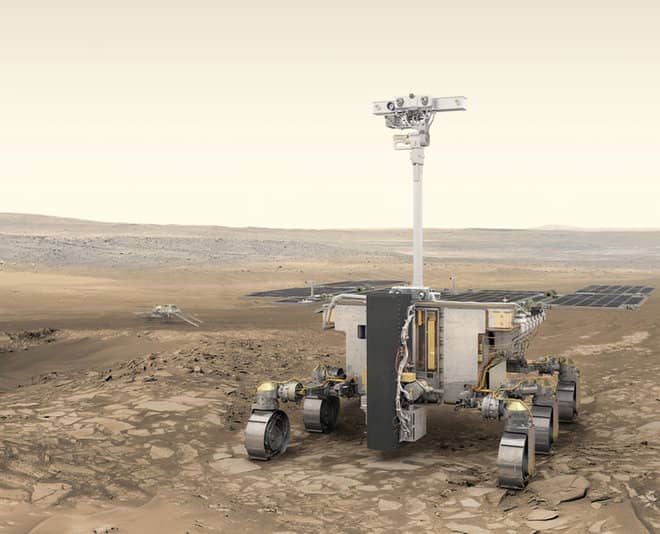Mars rovers have been a godsend for the scientific community since they allow them to explore, experiment and roam around the Red Planet’s hostile environment and collect invaluable data without risking any life and limb. Now considering the startling success of NASA’s previous rovers, they are about to launch another one in 2020 and are currently looking for a perfect landing location. In a similar vein, the European Space Agency (ESA) have also announced two locations for their 2020 ExoMars rover which look for signs of ancient life on the planet.
Jorge Vago, ESA’s ExoMars rover project scientist, said in a press release
“While all three sites under discussion [by ESA] would give us excellent opportunities to look for signatures of ancient biomarkers and gain new insights into the planet’s wetter past, we can only carry two sites forward for further detailed analysis,” . “Both candidate sites would explore a period of ancient martian history that hasn’t been studied by previous missions.”
The ExoMars rover is the continuation of Martian missions by the ESA and Russia’s Roscosmos State Corporation, where the Trace Gas Orbiter was sent in Mars’ atmosphere which is pitched to expel methane and other atmospheric gasses to reveal some biological activity in the past or present. This next installment of ExoMars will now land on the surface of the Red Planet and send back information back to Earth via the Trace Gas Orbiter.
ESA is currently mulling over two sites, Oxia Planum and Mawrth Vallis, that are just north of the equator which interest the scientists courtesy its unique geologic deposits that can lead to the discovery of Mar’s previously wet conditions. Wet conditions equate a possibility of alien life, giving all the more reasons to speed up the project. The location’s relatively low altitude also afford ExoMars enough room to slow down and land safely during its parachute descent.
Observations from orbit satellites have shown Oxia Planum to entail beds of clay-rich minerals, and the scientists date its age as old as 3.9 billion years when several streams of water flowed through this region. The second site, Mawrth Vallis, is located just a few hundred kilometers away and exhibit similar clay-rich deposits.
Will 2020 be the year when we finally find tangible proof of alien life? Only time will tell!


